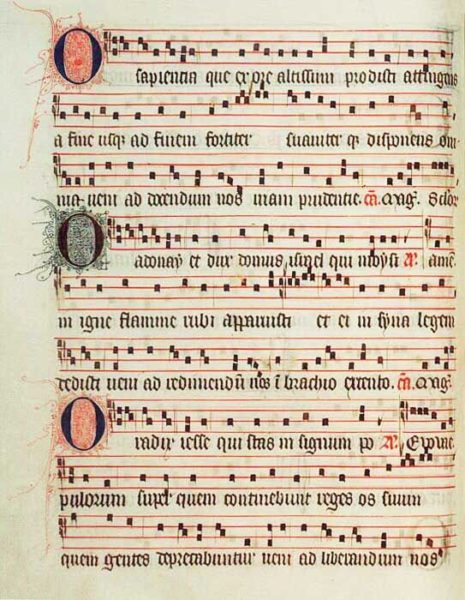 Last updated: September 2, 2023
Last updated: September 2, 2023
Advent is one of my favorite times of year, and it is the beginning of the church liturgical calendar. There is something about the idea of waiting in that sacred, pregnant pause of Advent that helps keep me in balance, during one of the busiest times of year. I love turning out all the lights except for those on my Christmas tree, lighting the advent wreath, and reading the O Antiphons every night before Christmas, beginning on December 17.
If you are like me and have been running around like crazy trying to get everything ready for Christmas and maybe not following through with our chosen advent spiritual practices, I recommend praying the O Antiphons. This is relatively effortless because, even though they are rich word images, each Antiphon is hardly more than a single sentence. You can easily include them before and after grace at dinner or as part of your advent wreath tradition.
Many Christians are familiar with the song “O Come, O Come Emmanuel.” Each verse of this song comes from the words of the O Antiphons. The word antiphon refers to a short responsive phrase that is recited or sung before and after a psalm or other prayer in a liturgy. Examples of such liturgies in the Catholic tradition include daily Mass and the Liturgy of the Hours (aka Divine Office.) The Liturgy of the Hours is a series of standardized prayers that are followed by various monastic communities around the world at set times during each day. For more on this topic, see my review of Seven Sacred Pauses, Macrina Wiederkehr’s book that I feel conveys the very special and sacred essence of the Liturgy of the Hours.
We don’t know exactly when the O Antiphons began to be prayed within Christian communities, but Consolation of Philosophy, a book by Boethius (c. 480-524 ce) includes a reference where Lady Philosophy speaks a phrase very similar to the O Wisdom antiphon. At the Benedictine Abbey of Fleury (now Saint-Benoit-sur-Loire) and other medieval monasteries, the antiphons were recited by the abbot and other abbey leaders in descending rank order, and then a gift was given to each member of the community. By the eighth century, the O Antiphons were being regularly used in liturgical celebrations in Rome.
During the last week of Advent, the O Antiphons were traditionally chanted in Latin both before and after the Magnificat (forming “luminous bookends”) during the Vespers prayers every evening. Each night, the O Antiphons progress with ever-increasing anticipation of the coming of Emmanuel (God is With Us.) In this prayer, we express our eager intensification of expectancy and longing for the coming of the Messiah.
One important thing to know about the O Antiphons is that they have a three-fold structure. Each O Antiphon begins with “O” a term of wonder and amazement that gets our attention that something new is going to happen. Then, each Antiphon includes a Messianic name to describe Jesus, such as Wisdom or Key of David or Rising Dawn. And finally, each Antiphon concludes with a petition/call for Jesus as God to come rapidly to save us.
Here are my favorite O Antiphon translations and the original Latin. As you know, translations can be key to capturing and interpreting meaning. Not knowing Latin, I looked at several versions of each Antiphon, and selected the word images that resonated with me the most.
 The original Latin for each evening is helpful when you listen to the O Antiphons as they are chanted for the seven nights before Christmas. There is even a bonus eighth Antiphon on Christmas Eve – related to Theotokos, Mary the Mother of God. It makes sense to me to honor her in this way, because after all, it was her labor on Christmas Eve that brought forth the baby Jesus.
The original Latin for each evening is helpful when you listen to the O Antiphons as they are chanted for the seven nights before Christmas. There is even a bonus eighth Antiphon on Christmas Eve – related to Theotokos, Mary the Mother of God. It makes sense to me to honor her in this way, because after all, it was her labor on Christmas Eve that brought forth the baby Jesus.
December 17 – O Sapientia
O Sapientia, Wisdom, coming forth from the mouth of the Most High, reaching from the beginning to the end, mightily and sweetly ordering all things: come and teach us the way of prudence.
O Sapientia quae ex ore Altissimi prodisti, attingens a fine usque ad finem, fortiter suaviter disponenesque omnia: veni ad docendum nos viam prudentiae.
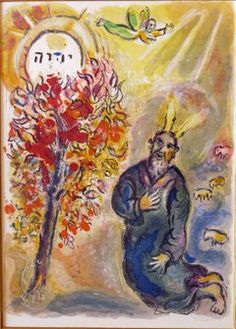
December 18 – O Adonai
O Adonai and leader of the House of Israel, who appeared to Moses in the fire of the burning bush and gave him the law on Sinai: come and redeem us with your outstretched arm.
O Adonai, et Dux domus Israel, qui Moysi in igne flammae rubi apparuisti, et ei in sina legem dedisti: veni ad redimendum nos in brachio extento.
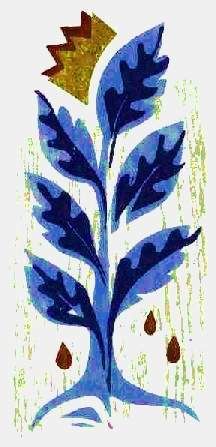 December 19 – O Radix Jesse
December 19 – O Radix Jesse
O Radix Jesse, Root of Jesse, standing as a sign among the peoples, before you rulers will keep silence and to you the nations will make their prayer: come deliver us and delay no longer.
O Radix Jesse, qui stas in signum populorum, super quem continebunt reges os suum, quem gentes deprecabuntur: veni ad liberandum nos, jam noli tardare.

December 20 – O Clavis David
O Clavis David, Key of David and sceptre of the House of Israel, you open and no one can shut, you shut and no one can open: come and lead the prisoners to freedom, those who dwell in darkness and the shadow of death.
O Clavis David, et sceptrum domus Israel, qui aperis, et nemo claudit; claudis, et nemo aperit: veni et educ vinctum de domo carceris, sedentem in tenebris et umbra mortis.

December 21 – O Oriens
O Oriens, Rising Dawn, splendor of light eternal and sun of justice: come and enlighten those who dwell in darkness and the shadow of death.
O Oriens, splendor lucis aeternae, et sol justitiae: veni, et illumine sedentes in tenebris et umbra mortis.
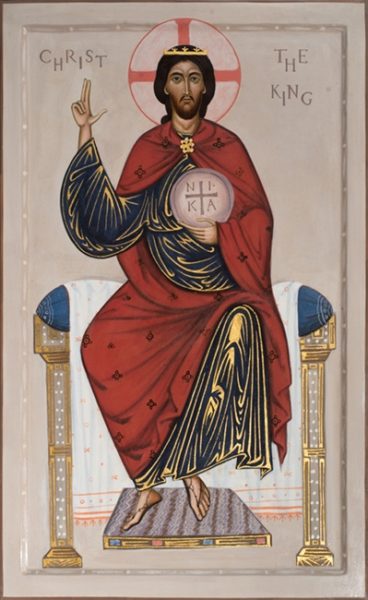 December 22 – O Rex Gentium
December 22 – O Rex Gentium
O Rex Gentium, Ruler of Nations and their desire, the cornerstone binding two into one: come and save the human race, which you fashioned from clay.
O Rex Gentium, et desideratus earum, lapisque angularis, qui facis utraque unum: veni et salva hominem, quem de limo formasti.
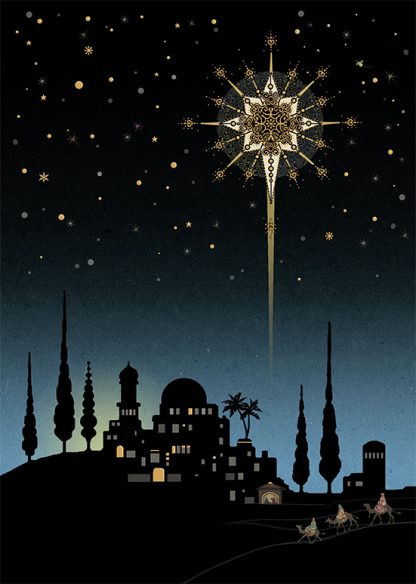 December 23 – O Emmanuel
December 23 – O Emmanuel
O Emmanuel, our Ruler and Lawgiver, the desire of all nations and their salvation: come and save us, O Lord our God.
O Emmanuel, Rex et legifer noster, exspectatio gentium, et Salvator earum: veni ad salvandum nos Domine Deus noster.
December 24 – O Virgo Virginum
O Virgin of Virgins, how shall this be? For neither before you was any like you, nor shall there be after. Daughters of Jerusalem, why marvel at me? Because the thing that you behold is a divine mystery.
O Virgo virginum, quomodo fiet istud? Quia nec primam similem visa es nec habere sequentem. Filiae Jerusalem, quid me admiramini? Divinum est mysterium hoc quod cernitis.
There are a couple of options if you are interested in hearing the O Antiphons chanted in Latin. First, if you click here you will go to the Traditional Catholic Living website (Reference 2) that has a link to each O Antiphon, with the words and music so that you can follow and chant along. But this year, I am using the chants that you can find here at an LDS blogpost (Reference 3.) I like this because it includes the entire vespers sequence. Each O Antiphon is chanted, followed by the Magnificat, finishing with the O Antiphon chanted again. In my opinion, listening to the Gregorian chanting by candlelight is the best way to experience the O Antiphons! If you try this out, please let me know how it goes.
UPDATE: On September 2, 2023, this blog post was updated to verify hyperlinks and for minor editorial changes.
Reference 1: Praying the O Antiphons of Advent, theWORDamong us, https://wau.org/resources/article/re_praying_the_o_antiphons_of_advent/.
Reference 2: Sing the O Antiphons Gregorian Chant, Traditional Catholic Living website, http://www.traditionalcatholicliving.com/o-antiphons-advent/.
Reference 3: Awaiting the Coming Messiah: The “O Antiphons,” LDS Seasonal Materials, http://huntsmanseasonal.blogspot.com/2013/12/awaiting-coming-messiah-o-anitiphons.html.
Reference 4: Gregory Dipippo, Reading the O Antiphons Forward, blog post at website New Liturgical Movement: Sacred Liturgy and Liturgical Arts, December 17, 2019, https://www.newliturgicalmovement.org/2019/12/reading-o-antiphons-forward.html#.Y64XUHbMLIU
Image 1: Sheet music, O Antiphons, The Poissy Antiphonal, Wikimedia Commons, public domain.
Image 2: Sophia Holy Wisdom, Icon from Saint Nicholas Mokry Church in Yaroslavl, circa 1675, https://www.icon-art.info/hires.php?lng=en&type=1&id=1778 that cites Похвала Богоматери: Иконы Ярославля XIII–XX веков из собрания Ярославского Художественного музея : Каталог выставки. М.: Северный Паломник. Yaroslavl Art Museum, Russia, © S. V. Obukh, photo, 2003.
Image 3: Moses and the Burning Bush, Marc Chagall, 1966. https://www.wikiart.org/en/marc-chagall/moses-and-the-burning-bush-1966.
Image 4: The Root of Jesse, print by Jeanne Kun, 1997, https://dailyscripture.servantsoftheword.org/prints2.htm. See also https://dailyscripture.servantsoftheword.org/antiph18.htm.
Image 5: Skeleton Key, acquired by Cooper Hewitt from anonymous donor in 1952. It is a part of the Product Design and Decorative Arts Department, accession number 1952-161-118, object 18390879. https://collection.cooperhewitt.org/objects/18390879/#image-rights.
Image 6: Sunrise Over Planet Earth, https://comicbookworld.com/sunrise-over-planet-earth-in-space/.
Image 7: Icon of Christ the King by Philip Davydov. Wood, gesso, egg tempera, gold leaf, 60×39.5 cm at http://sacredmurals.com.
Image 8: Artwork by Jane Crowther, Bug Art Greeting Cards, https://bugart.co.uk.
Image 9: Our Lady of Guadalupe, https://picclick.com/Our-Lady-of-Guadalupe-8×10-Color-Print-Catholic-132465721751.html#gid=1&pid=1.
















6 Comments
Leave your reply.